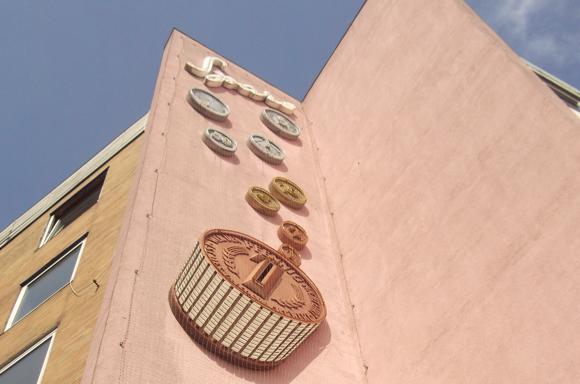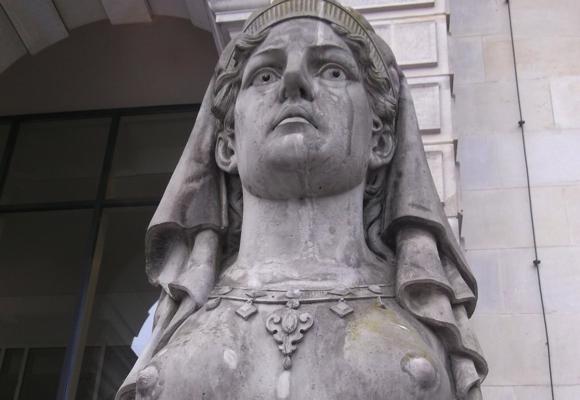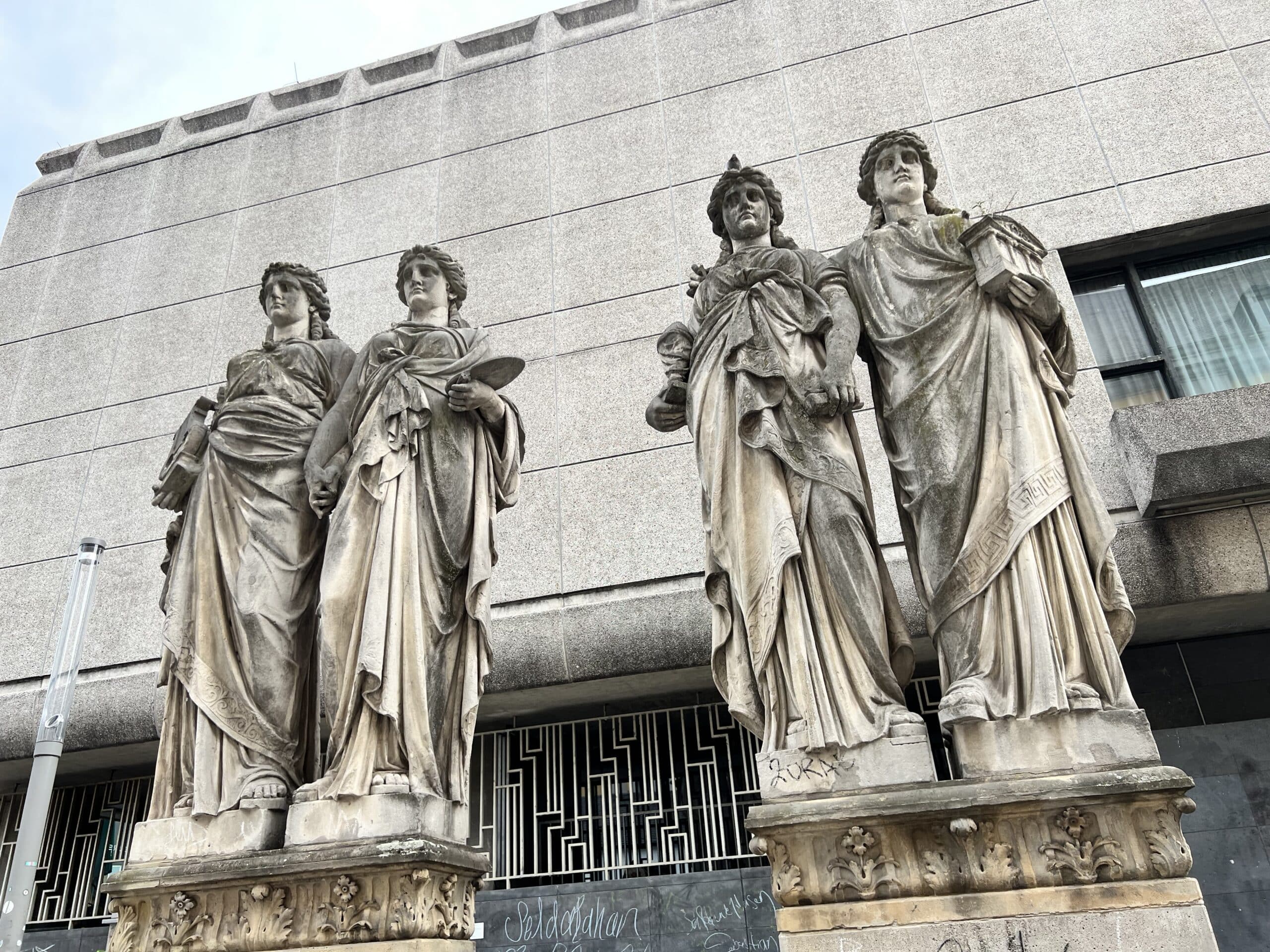Teams, tales and tips – a guide to the local game
Dortmund is built on beer and football. Set in Germany’s industrial Ruhrgebiet, around a compact and pedestrianised centre, Dortmund is very much a one-club city – and that one club, Borussia, attract the highest average attendance in the European game.
Dortmund’s standing terrace of 24,454 in the Südtribüne of the Signal Iduna Park forms the Gelbe Wand, the famed Yellow Wall, football’s largest Kop. But it’s not just the numbers. This is mass support with equally massive yet sensible beer consumption, this is ticket prices kept at reasonably affordable levels, this is public transport included with your match ticket, this is an entertaining and informative stadium tour, this is the main square of a city surrounded by bars yet fun and orderly, this is a scheme to offer hotel packages as part of a Bundesliga weekend, this is one huge, lucrative and successful industry built on the twin pillars of beer and football.
And this, pretty much, is why around 1,000 match-day Brits choose Dortmund for their Saturday football fix.
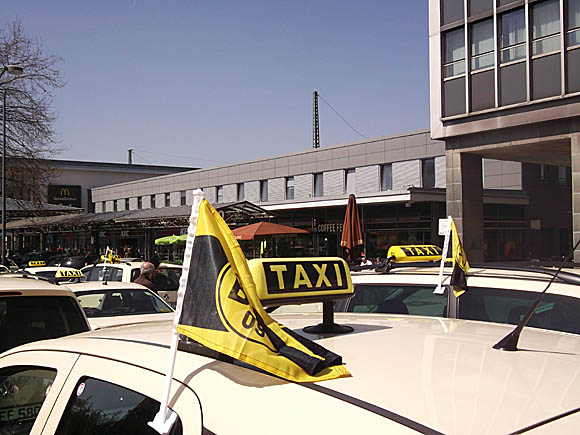


Many are also happy to take in a game nearby, too. Borussia’s eternal rivals in the Revierderby, Schalke, are from Gelsenkirchen, one of several clubs linked to Dortmund by a regional light-rail network. Others include Rot-Weiss Essen, VfL Bochum and MSV Duisburg.
All have long histories, large fan bases and the potential to challenge in the top flight. Essen, for example, German champions in 1955, play fourth-league football in a 20,000-capacity arena.
Borussia’s own reserve team attract crowds to the Stadion Rote Erde, Dortmund’s old ground towered over by the Signal Iduna Park alongside.
Opened in 1926, the Rote Erde had the roar, the din that drowned out Dortmund’s semi-final win over West Ham in the Cup Winners’ Cup of 1966 – but also rickety wooden stands. Over the course of nearly 50 years, Germany’s most passionate football city only staged two full internationals, a post-season friendly against Irish Free State in 1935 and the 6-0 whitewash of Euro debutants Albania in 1967.
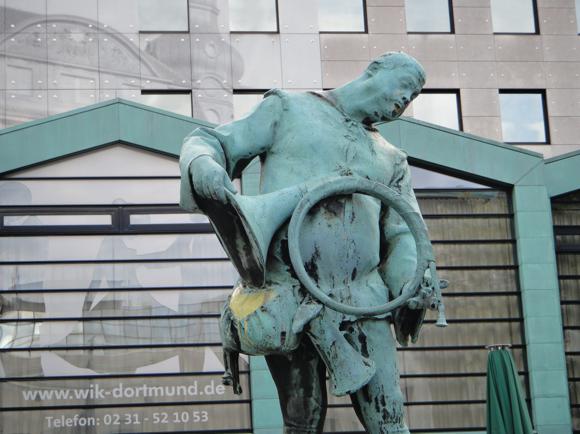
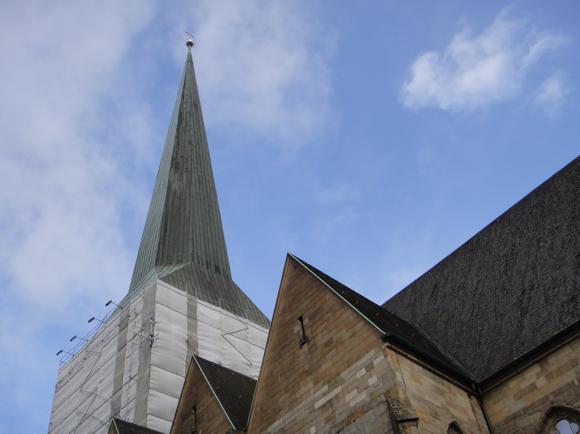
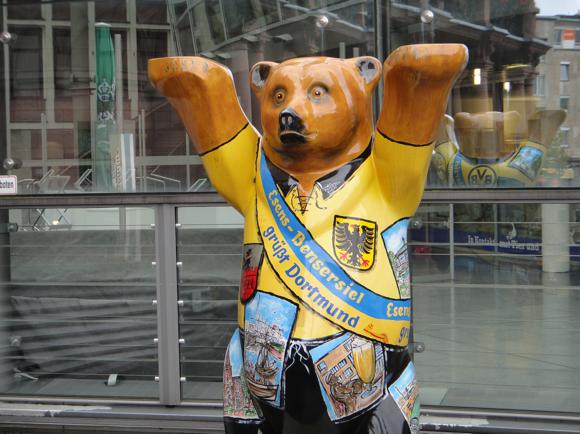
The rise of Dortmund as Germany’s prime football stage – arguably above national capital Berlin and silverware-laded Munich – dates back to the decision to choose it over Cologne as a 1974 World Cup host. Today’s Signal Iduna Park, the Westfalenstadion was built on an extremely tight budget, its regular tenants then wallowing in the 2. Bundesliga.
It proved a stroke of genius. Dortmund hosted four games, one involving Scotland, three Holland, and a collective 180,000 thirsty supporters went home satisfied – the Dutch heading for the final after an imperious display here against Brazil in the de facto semi.
While the Rote Erde was a Weimar-era facility integral to a sports complex of swimming pool, indoor hall and tennis courts (it still has a running track), the Westfalenstadion was conceived for football, four steep sides up close and personal to the pitch.
And whereas Arsenal, for example, notched up a lucrative decade in the Champions League only to see it offset against the huge costs of building the Emirates, Borussia Dortmund were handed a ready-made goldmine of a stadium partly funded from state and municipal coffers.
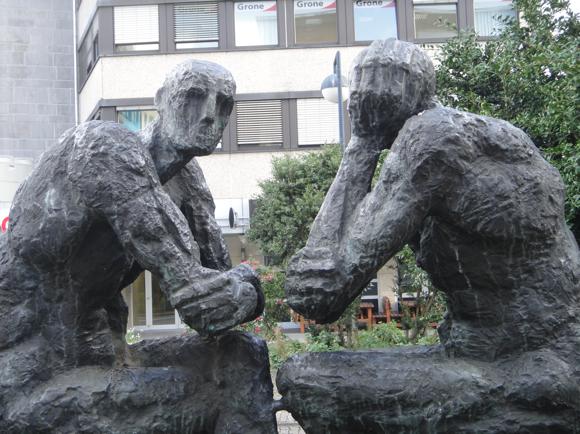
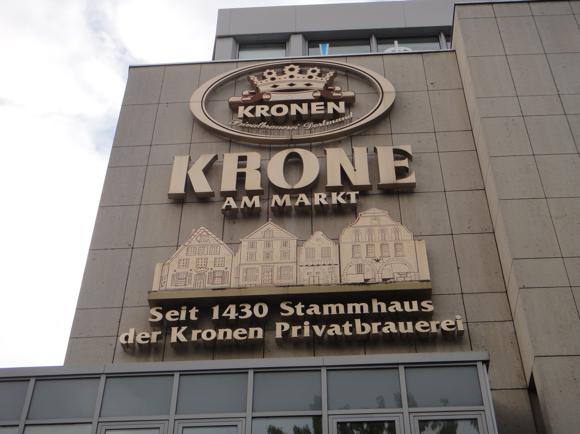

Ottmar Hitzfeld chipped in, of course, the coach masterminding Borussia’s 1990s’ revival, and first European honours since the Rote Erde roar of 1966. The Westfalenstadion was expanded, expanded again, then expanded yet again in order to fulfil FIFA requirements to stage another World Cup semi-final.
The most memorable moments of Sönke Wortmann’s wonderful fly-on-the-wall documentary of Germany’s 2006 World Cup, Deutschland. Ein Sömmermärchen, take place in the bowels of the Westfalenstadion, Jürgen Klinsmann’s players pumped up before taking on Poland or drained of all feeling after last-gasp defeat to Italy.
Germany’s profits from the 2006 tournament went towards the construction of another football institution – and again, Dortmund got the nod as hosts over Cologne. Opened in 2015, the German Football Museum (see below What to see) sits opposite Dortmund’s main station, a worthy addition to any Dortmund visit.
Throw in a stadium tour of the Signal Iduna Park, Borussia’s own Borusseum museum, the Yellow Wall and quality beer by the quartload, and Dortmund makes a convincing argument for it to be named Europe’s finest football destination.
Getting Around
Arriving in town and local transport



Dortmund airport is 10km (six miles) east of town. From the stop just outside Arrivals – veer right as you exit – Airport Express bus 21 runs on the hour to Dortmund Hauptbahnhof main station (€10 from the ticket machine or cash on board, 25min journey time). Airport-bound from town, it’s on the half-hour.
A Dortmund Airport Taxi to Dortmund Hbf should cost €35. For a taxi around town, Mölders (+49 231 77 77 77) is long-established.
If you’ve just missed the airport bus into town, the AirportShutttle to nearby Holzwickede (€3 cash on board or cash/card from the machine, 5min journey time) runs every 20-30mins. From there, a train runs every 20mins to Dortmund, journey time 20mins.
Hopping around by regional transport overseen by VRR can work out cheaper by using their eezy app. This includes Dortmund’s light-rail network, linking the Rhine-Ruhr region with Dortmund’s stadium south of town. A single ticket (EinzelTicket) is €3.40, a day pass (24-StundenTicket) €8.30 from machines at stops and stations. Note that your ticket for the game is valid for transport on special match-day trains.
The main station faces Dortmund’s pedestrianised city centre, as well as the German Football Museum (see below What to see).
Where to Drink
The best pubs and bars for football fans


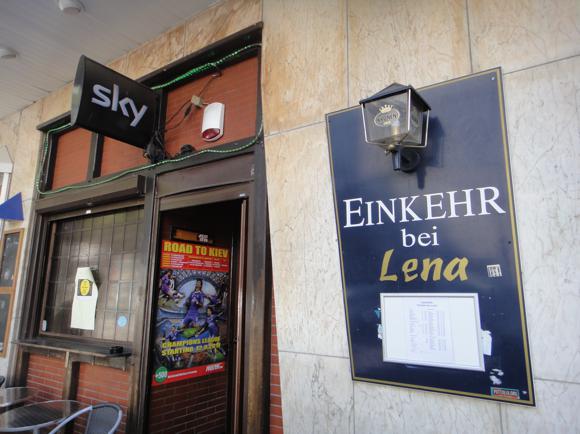

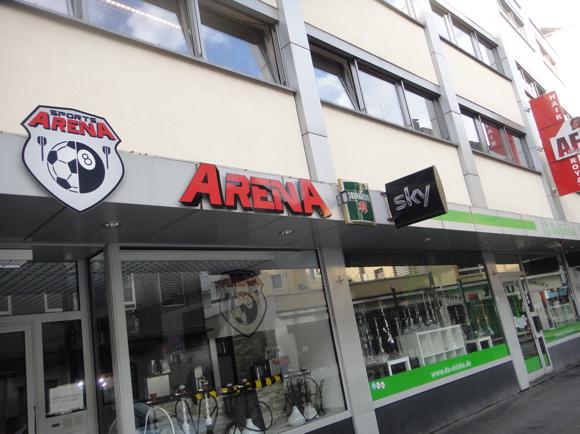
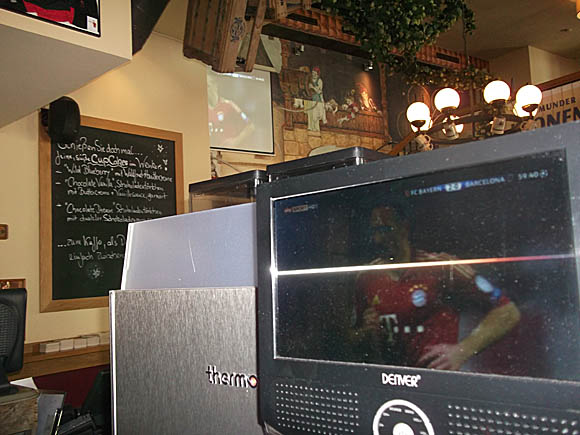

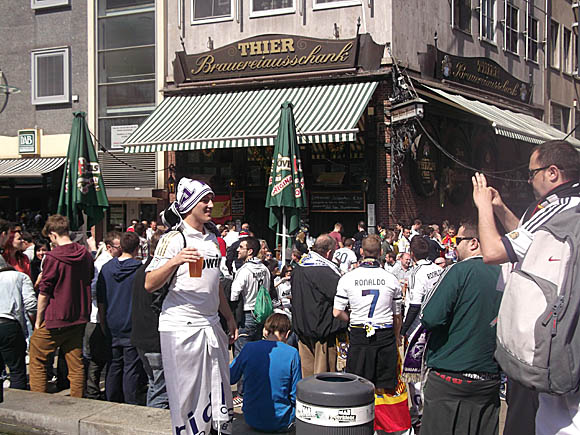
You’re in the beer capital of Germany – lap it up. In the main square of Markt, the terraces of Thier Brauerei’s Zum Alten Markt and Der Thüringer fill with fans. Der Thüringer is also convivial inside, with little alcoves and TV sport in every corner.
Across the square, don’t be put off by the name or outwardly bland appearance of Wenkers. It’s the best and busiest pre-match bar, full of framed shirts and TV football, in the Krone Am Markt building by the BVB store.
Near the market square, Einkehr (Hansastraße 9-11) is a homely spot that goes big on TV football. The nearby Sports Arena screens plenty of football and offers air hockey, pools and darts, but you have to bring your own atmosphere.

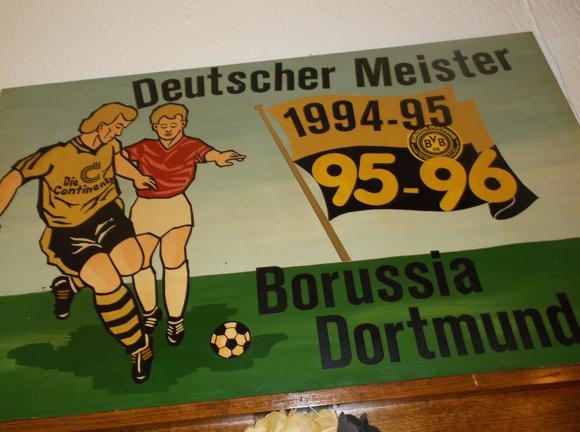






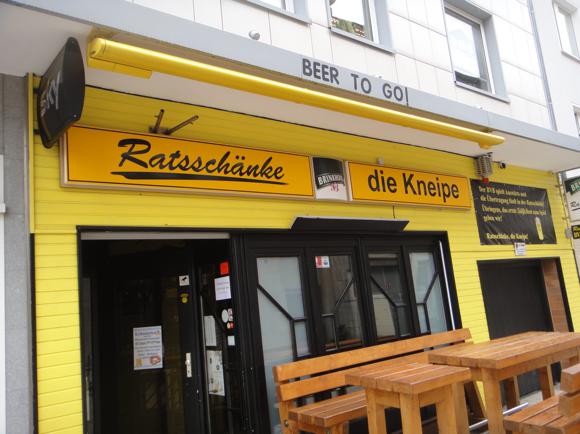

The stand-out bar, though, is little Lütge Eck (Lütge Brückstraße 1) towards the station, a BVB haunt filled with memorabilia such as the 1956 championship line-up beneath a ceiling sporting Borussia flags. Jürgen Klopp has been a visitor, meeting fans and signing autographs.
On the south side of the city centre, on Kleppingstraße, Klubhaus 1249 is a major hang-out for football-watchers, with decent food and draught choices, too, in an old building by a modest shopping centre. It’s also that rare thing, a football bar with a conscience – in 2022, it refused to screen the Qatar World Cup despite the loss in beer sales. At weekends, a karaoke party spot moves in later on.
Nearby Ratsschänke down the sidestreet of Prinzenstraße feels a bit BVB by rote, but is by no means a bad bar at all.
Around Borussia’s original stomping ground of Borsigplatz, with its own U-Bahn stop on the U44 line, cheap ethnic eateries have taken over the rond-point where the club was first founded. Nearer town on Enscheder Straße, Actien-Becher is a classic old BVB bar barely changed since the Stan Libuda era – current management has gallantly stuck to a don’t-fix-it approach.
Where to stay
The best hotels for the stadium and city centre



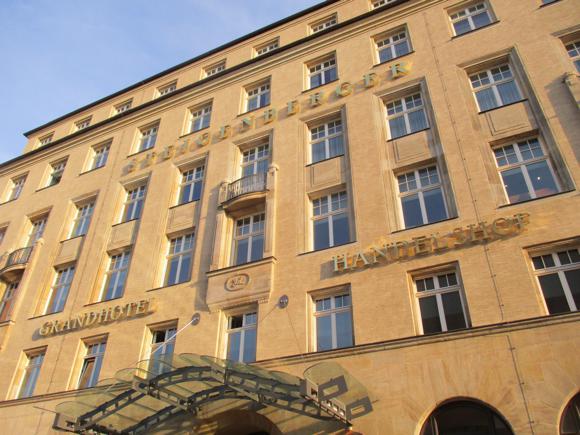

During the season, Borussia Dortmund team up with Best Travel to offer match packages of ticket and upscale hotel.
The closest hotel to the stadium, just across the road, is the four-star Mercure Hotel Dortmund Messe, linked to the congress centre and its Rosenterrassen restaurant, handy pre-match
Another nearby lodging is the affordable B&B Hotel Dortmund-Messe, near Theodor Fliedner Heim U-Bahn station – note the football-themed breakfast room. Also walking distance to the stadium are two upscale, business-friendly establishments: swish Steigenberger Hotel Dortmund and the business-oriented Dorint Hotel Dortmund an den Westfallenhalen.
On Hohe Straße towards the stadium from town, the traditional Gildenhof feels old-school and homely.





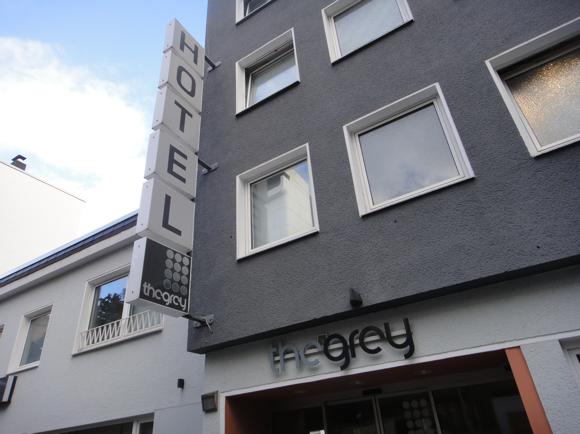

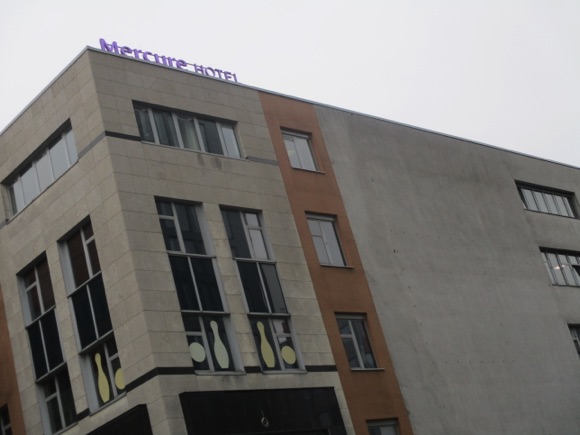


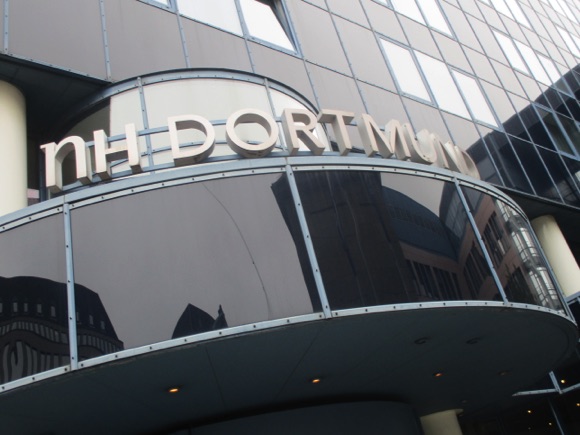
Right by the station, the four-star NH Dortmund offers parking and lazy Sunday stays, while the nearby Hotel Königshof is a cheaper, recently renovated alternative. Between the two, the Dortmund Hauptbahnhof branch of the popular a&o Hostel chain offers singles, doubles and shared rooms, with TV sport in the bar and plenty of communal games.
Also near the station, handy for the German Football Museum, contemporary mid-range The Grey sells itself as catering to visitors to the ‘Fussballhauptstadt Dortmund’. Also close, by Westerntor U-Bahn, the expansive Hotel Unique is an old-school four-star with a Casablanca bar, while regular three-star Hotel LivInn is literally next to the German Football Museum – and has a sports bar with German Sky TV.
Affordable chains have set up shop around the town centre too, including two Mercures, the Dortmund City by Kampstraße U-Bahn and Dortmund Centrum tucked away a short walk from focal Markt.
what to see
The top football attractions in town
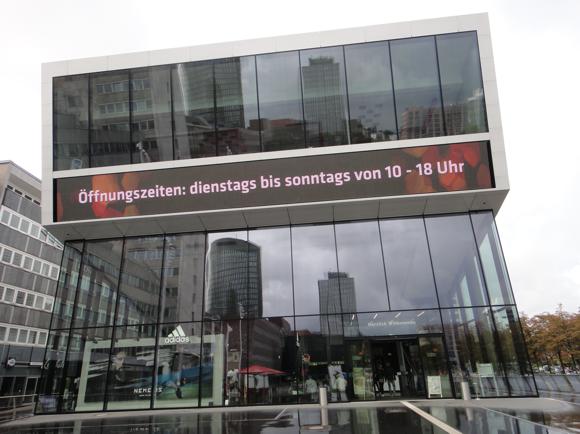
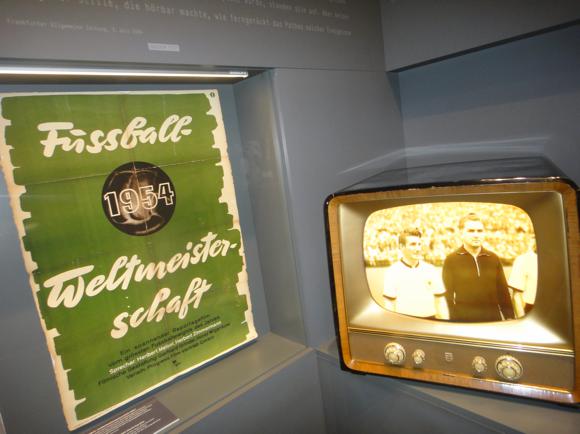
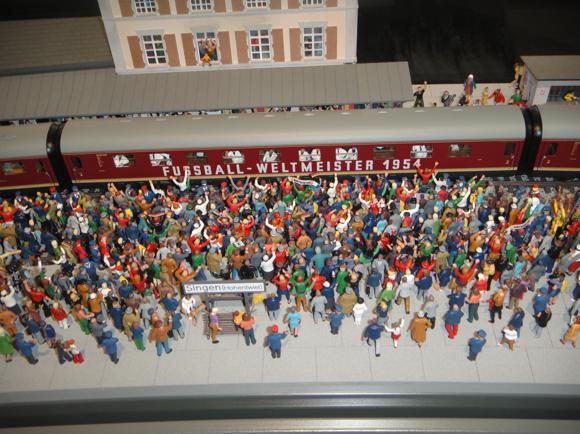

Funded by the profits from the 2006 World Cup, the German Football Museum (Tue-Sun 10am-6pm, last entry 5pm) stands in the perfect location in the perfect city, pretty much opposite Dortmund station. The journey up to the stars, the four stars of Germany’s World Cup victories, starts by escalator that transports you back to 1954, accompanied by an emotive violin rendition of Deutschland Über Alles.
Beside a vast montage of photos from West Germany’s shock victory over Hungary in the rain of Berne, a themed alcove screens a video loop of the match on a television set from the time, commentary (‘Tor! Tor! Tor! Tor!’) provided by the original radio voice of Herbert Zimmerman.
The tour then follows Germany’s 60-year quest for further World Cup and Euro gold. Striking displays include a special feature on the epic semi of 1970 against Italy, an exact model of Rome’s Stadio Olimpico the night of West Germany’s 1990 victory and freeze frames of Gerd Müller’s science-defying turn from the 1974 final. You can also replay the original footage from ’66 and see the ball not cross the line again and again and again.




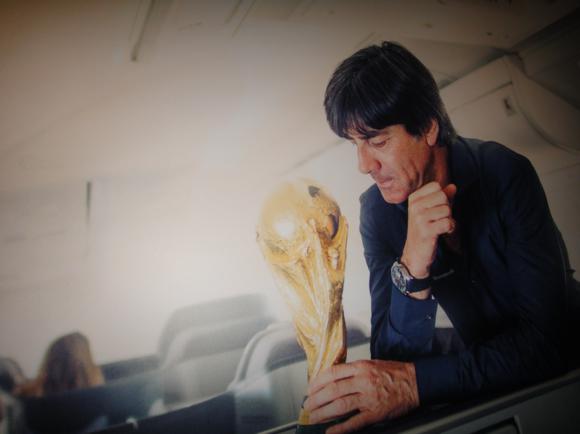
The odyssey ends in glory, of course, and Brazil 2014. The whole climactic installation revolves like a globe, harking back to Sepp Herberger’s famously simple quote from 1954 about the ball being round. Sixty years on, and it’s Jogi Löw’s turn to be philosophical, sharing his conclusions as visions of the whole Brazilian adventure spin by in circular motion around you.
In the end, you’re left with a single dressing-room shot of Basti Schweinsteiger cradling his beer, his mobile and a bandage for his face wound, the World Cup just won. Löw is then seen paternally watching over football’s ultimate prize on the plane from Rio that is bringing him, trophy and team back home to Germany. Journey’s end.
The exploits of the Nationalelf across this whole floor, and elsewhere the history of the women’s team, East Germany, tactics, fan culture, club and cup football, are brought to life with visuals at the forefront. Commentary and occasional captions are in German, but anyone with a reasonable knowledge of the game shouldn’t feel left out for lack of translation.
Admission of €17 (€15 online, €14/€12 for under-14s, free under-6s) isn’t cheap but there’s a whole morning’s entertainment here, with several side features and attractions. Sepp Herberger’s reading room is a nice touch. And it’s not every day that you see the match ball from the 1954 World Cup Final.







